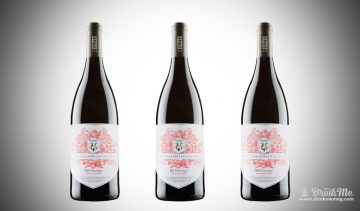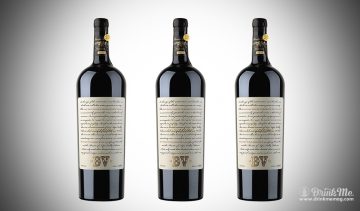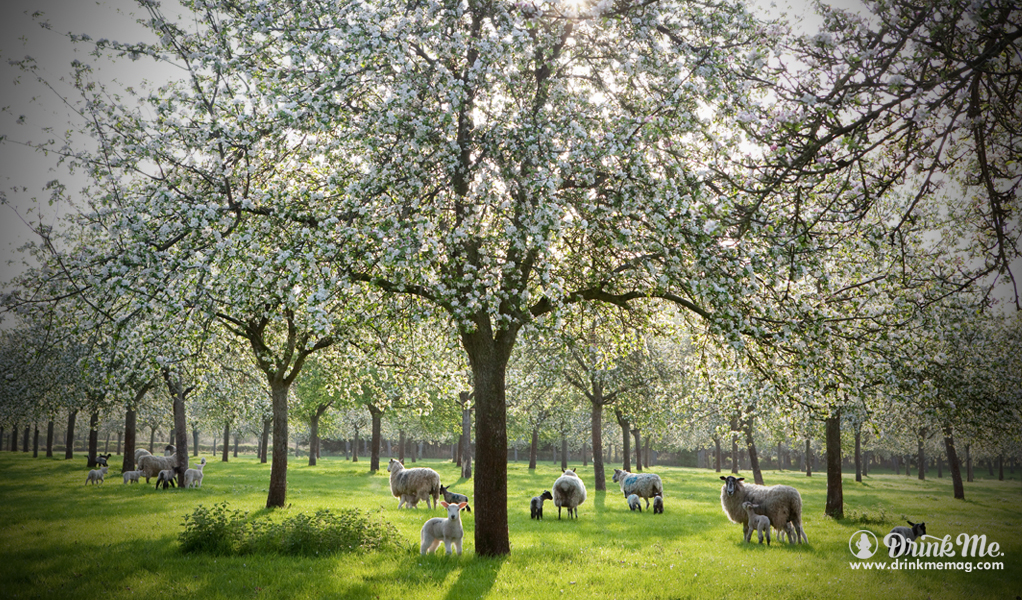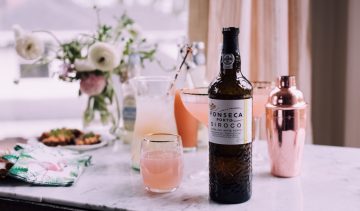Head west from London, through suburbs lazily tapering off into farmland and forests, and you will find yourself in the West Country, the umbrella term for the counties of Cornwall, Devon, Dorset, and Somerset. In the ’90s, Trip-Hop put Bristol and the region on the map. More contemporary Anglophiles may be familiar with the region’s Glastonbury Festival or See No Evil, the UK’s largest street art project. But just a few kilometers from these monoliths of modern English culture, another kind of British culture thrives. Rooted in tradition rather than trend, and farming rather than Facebook, cider predates the Roman invasion of England and harkens from a time when the Celts still ruled the land.
Most of the cider consumed in the UK is mass marketed swill made from apple concentrate and additives. However, here, in the West Country, artisan cider is in the midst of a revival. This is the story of English cider—real cider—made on presses handed down from generation to generation and from gnarled trees often hundreds of years old. This cider is made from pure apple juice, pressed from fruit birthed on ancient rootstock, and fermented with little more than the natural flora of the fields.
FROM CRAB APPLES TO CRAFT CIDER
Celts began fermenting crab apples before cultivated fruit reached British soils. In around fifty-five B.C.E., the Romans, and their invasion, brought fermentation techniques, apple pressing technology, and the UK’s first orchards.
Following the Romans, Britain was conquered by the Jutes. And the Saxons. And the Danes. Through all the bloodshed and battles monasteries managed to preserve the orchards until the Norman conquest of 1066. The Normans had an established tradition of cider-apple cultivation and a more refined process for fermentation. And with that, the English cider that we know was born.
Cider thrived as the beverage of choice until ale, cheaper and faster to produce, gained popularity in industrial centers. England quickly became world renowned for its beer culture, and cider barrels began to gather dust. However, in the West Country, an area far removed from industrialization, cider remained paramount.
CIDER REGIONS TODAY
Today, cider sales are dominated by large brands and are a combination of apple juice, apple concentrate, artificial flavors, and additives. Heretofore brushed off as an “alcopop” favored by young punks and university students, over the past ten or so years cider’s street cred has rebounded with new-found favor among foodies and farmers alike.
Cider is fiercely territorial and varies from county to county. In Hereford County, its often quantity over quality—they churn the stuff out for the masses. But in Somerset, it’s both rustic and refined. These ciders are made on old presses, they’re forgotten by industrialization and cling to tradition.
What with British colonialism, American settlers yearned to reproduce the cider of their homelands. Soon every home on the frontier had its own orchard and was fermenting cider. But terroir is terroir and while these early American ciders satisfied the palate, they lacked the roots—literally—of their British counterparts. What really stuck the nail in the coffin was when America’s original cider trees were replaced with culinary varietals during prohibition. As Britain never faced a temperance movement, they still produce cider from trees planted hundreds of years ago.
TASTING BRITISH CIDER
Geography and history aside, what truly sets British cider apart is the taste. A master cider maker blends apples to get the perfect balance of acid, tannin, and flavor; some mix apple varietals in the press while others prefer to ferment the juices separately and blend them after fermentation. Regardless, blending is what sets artisan British ciders apart from generic, apple swill.
While most British cider is “backsweetened” to satisfy today’s sugar-coated taste buds, a real West Country cider is dry. Thanks to the apples planted by Normans and Romans, acidity and wine-like tannins define a proper British cider.
Also, British cider’s yeast, unlike the controlled wine-like fermentation practiced in America, daringly comes from the orchard’s natural microflora— yeast doesn’t always come from a sterile test tube and carefully controlled packaging. In fact, yeast is in the air everywhere and, when it starts to work its magic on cider, beer, or even bread for that matter, is called wild fermentation. Most wine and cider makers cringe at the danger of dancing with wild yeast. But under the right conditions these tiny microbes can unleash myriad flavors and aromas. Wild yeasts are unique farm to farm and can lend characteristics of leather, tobacco, fresh moss, or even old horse blanket. Now we’re really getting funky.
THE FUTURE OF BRITISH CIDER
So what does the future hold for British cider? I’d love to say that the little guy wins out and that the masses switch gears from Strongbow and Magner’s to Oliver’s, Somerset Brandy Company, or Ross-on-Wye. But if the palates across the pond are anything like those in America, that’s not likely. Sadly, in England and in America, real cider remains a well-kept secret. But seeds of revival are being sown: as palates move from fast-food to farm-to-table, beverages follow suit. There may not yet be marketing dollars to drive change, but there is heritage, tradition, and a hell of a better story to tell around the table.













